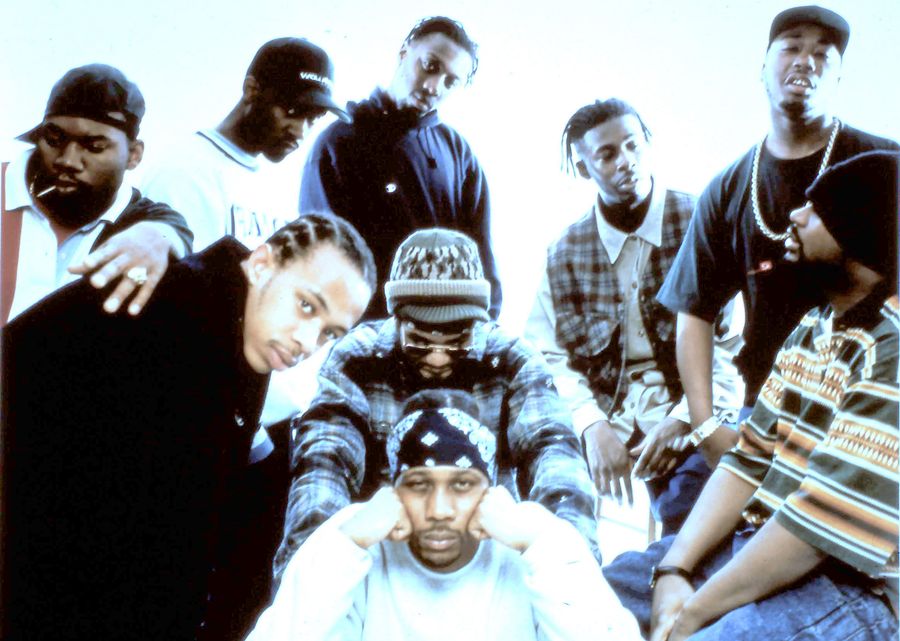It’s hard to underestimate just how important the Wu-Tang Clan were to the evolution of hip hop. Concepts like ‘hardcore hip hop’ and ‘posse cuts’ had been firmly established within the genre, but the late 1980s East Coast hip hop world was mostly populated by alternative groups like De La Soul and A Tribe Called Quest.
Meanwhile, out in Compton, California, a new group was bringing a harder, more aggressive, and more streetwise version of hip hop into the mainstream. To call N.W.A. controversial would be underselling it: this was a group whose most popular song was a direct attack on the police and got them a disapproving letter from the FBI. Never before had anyone in hip hop inspired so much fervour, fueled so much rage, and attracted so much attention. The future of hip hop was now on the West Coast, and so began a footrace to be the most authentic group possible.
The Wu-Tang Clan didn’t need to prove their authenticity: a collection of friends and family members from the Stapleton Houses projects of Staten Island, the Wu created their own world of ‘Shaolin’, complete with violent altercations, drugs, chess, and kung fu references. Stepping into Enter the Wu-Tang (36 Chambers) felt like stepping into an alternate universe, with its murky production and radical verses that found nine MCs, all bringing a different style to the fore.
That was the eternal appeal of the Wu: just like choosing a superhero or a player for your favourite sports team, you could pick your favourite MC from the Wu-Tang Clan. Maybe you liked the frantic flow of Raekwon the Chef, or the laid back sounds of Inspectah Deck. You could be partial to the smoothness of GZA, or go in the complete opposite direction with the anarchic filthiness of Ol’ Dirty Bastard. Method Man knew how to command attention, while U-God and Masta Killa made the most of their brief appearances. RZA acted and sounded like the leader, while Ghostface Killa crept up and constantly stole the show. Whoever you favoured, they all brought something fresh and unique.
In order to figure out who would get to rap over certain verses, RZA would have the MCs face off head to head, often forcing them to improvise their lines to see who would get to appear on the track. This gladiator style of rhyming favoured the precise flow of GZA, who usually got slotted towards the end because no one could follow him, the attention-grabbing rhymes of Raekwon, and the scene-stealing buffoonery of ODB, who all appear on most of the LP’s tracks. To see a great illustration of this process, there’s footage from the 36 Chambers era to demonstrate how quick-witted the members had to be if they wanted to appear on a song.
Raekwon leads off, as he was known to do, establishing the meter without a beat behind them to lay into. Method Man, Masta Killa, and Inspectah Deck follow, bringing their signature styles out: Method is choppy but creative, Masta is heavy on playing into the group’s dynamic, and Deck is heavy on alliteration and wordplay. Ghostface Killa and GZA flaunt their lyrical styles, but it’s U God who caps the whole thing off. Slower, more deliberate in his choices, and less flashy than the others, U God actually might have the best structures and performed verse of the entire freestyle.
RZA and ODB are absent from this appearance, but it just goes to show how fluid and adaptable the Wu-Tang Clan were, and still are today. The 36 Chambers era found the Wu staging a nine-man reclaiming of the east coast as the hip hop epicentre, bringing the genre back to the hub that it first originated, setting an example for the next generation of MCs. Wu-Tang is, after all, for the children.
See the clip, below.
